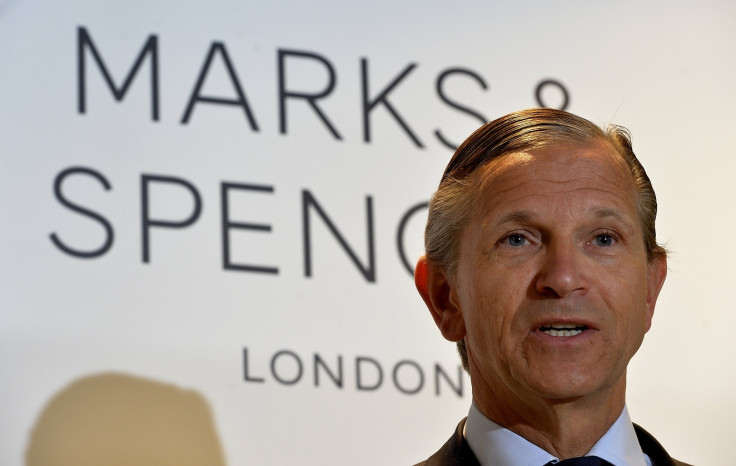Marks and Spencer CEO Marc Bolland to depart as decline continues

The January blues gripping the UK retail sector worsened on 7 January after Marks & Spencer (M&S) posted a dismal set of third quarter results, while chief executive Marc Bolland announced his departure.
Taking the cue from its main rival Next, which saw its result for the three months to the end of December fall short of expectations due to unusually warm weather and increased online competition, the FTSE 100 group revealed fashion sales at its stores fell by 5.8% in final three months of 2015. The figure was worse than the 5.5% drop the most pessimistic City analysts expected.
It is a familiar tale for the high-street retailer, which recorded a 5.8% slump in underlying sales in the corresponding period in 2014, when its results were hampered by online distribution issues at its M&S.com warehouse.
While Britons made the most of relatively balmy conditions across November and December 2015, the lack of cold weather has fuelled worries over the sale of winter collections at the retailer, with 100p wiped off the value of M&S shares over the past two months.
In December 2015, Credit Suisse, which cut its target price on the stock from 500p to 475p earlier in January, sounded pessimistic over the company's outlook in 2016, indicating it expects M&S to lose more market share.
There was better news in the food division, where sales climbed 0.4% in the period compared with analysts' expectations for no growth, making it the best Christmas ever for the business.
Despite the disappointing figures, shares in M&S turned positive in early trading on 7 January, with some analysts suggesting Bolland's departure after six years might have somewhat softened the blow.
The bleak picture painted by the third quarter results is in stark contrast to the plans outlined by Bolland in November 2010, when he unveiled a new strategy that would see the company ditch some of its fashion brands and spend between £850m to £900m in a bid to lift revenue to £11.5bn to £12.5bn by 2013-14 from £9.3bn in 2009-10.
Bolland moved to M&S in 2009 at a difficult time for the company which, two years earlier had seen the opening of its first store in mainland China blighted by issues to the supply chain.
The setback capped a complicated spell for the FTSE 100 group which, in 2004, had been subject to a takeover bid by Sir Philip Green, the boss of BHS and Arcadia Group. But Green, who had planned to sell off the group's financial services arm to HSBC, close the Gateshead Lifestore and shelve plans to expand the group's Simply Food line, was forced to withdraw the bid after failing to gather enough support from shareholders.
If the second half of the 2000s proved difficult, the first half was an even sterner test for the high-street retailer, which saw its profits tumble from more than £1bn in 1997 and 1998 to £145m in the 12 months to 31 March 2001.
The sudden decline, which came barely two years after the retailer had launched its online shopping service, was attributed to a number of different factors, including M&S's refusal to accept card payments except its own charge card – a stance that would remain unchanged until 2001 – and the increased costs related to using British suppliers.
When the company, belatedly according to some, did follow its rivals' example and began using overseas suppliers, it lost some of the quintessential British appeal that had characterised it the beginning of the 20th century.
Ninety three years on since one of the symbols of the British high street left its stall at Birkenhead Market, where it had been since 1901, the warmest December since 1910 delivered an unwanted late Christmas present to the retailer and shareholders will now pin their hopes on incoming chief executive Steve Rowe to turn things around.
© Copyright IBTimes 2025. All rights reserved.






















